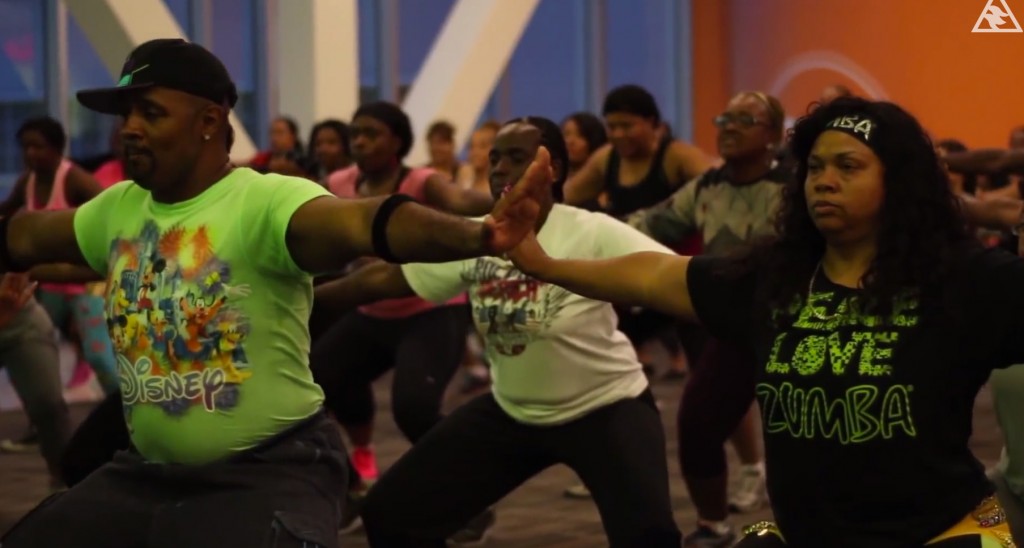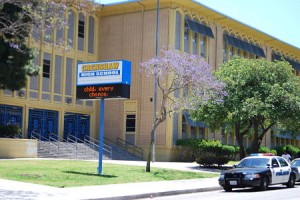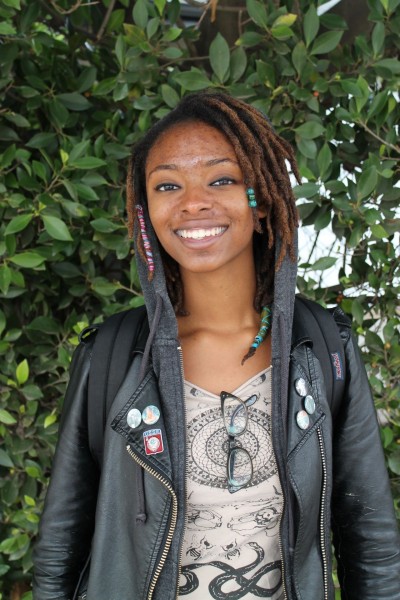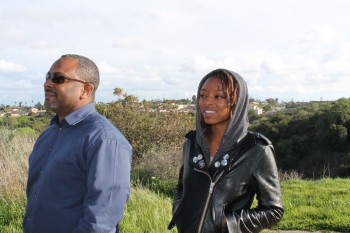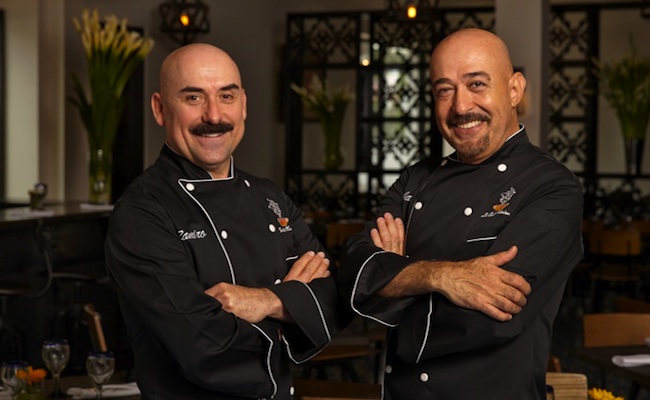
Chefs Ramiro Arvizu and Jaime Martin del Campo (from left to right) | Photo courtesy of Mexicano restaurant.
With the opening of their new restaurant, Mexicano, located in Baldwin Hills, chefs Jaime Martin del Campo and Ramiro Arvizu hope to immerse customers in Mexican culture, one burst of flavor at a time. The eatery has been in its soft opening since Feb. 27.
Colorful Mexican floor tiles lead patrons to the restaurant’s focal point: the kitchen. There is no partition between the kitchen and the dining room, so diners can observe the preparation of authentic dishes while surrounded by décor from the Mexican state of Jalisco.
“With the kitchen open, you are in contact with customers and they become a part of the preparation experience,” Arvizu said. “We try to get their five senses going. The smell, the sight of the ingredients, the touch and hearing. All of these are incorporated and bring you closer to the meal.”









